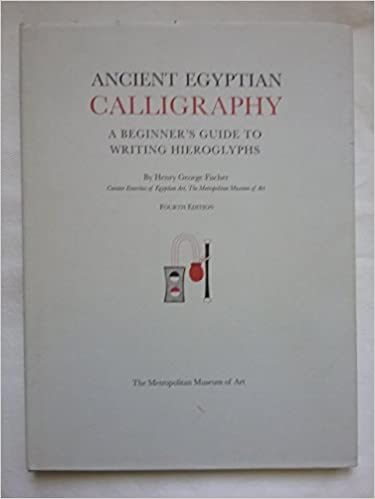This 1999 edition, published by the Metropolitan Museum of Art, has helped me to improve my skill in both reading and writing hieroglyphic texts, and I hope others may find it useful as well.

A very focused book, dominated by a list of many hieroglyphs ordered by their Gardiner sign, accompanied with rich details about each one.
Each sign discussed comes with large scale drawings of examples, or the items they are supposed to represent. Step-by-step demonstrations of how to draw a simplified, but recognisable version of each glyph are provided, suitable for transcribing by hand with pen, pencil or brush.
Some of the tips and tricks are invaluable, and have helped me to write some of the more difficult shapes, faster and more legibly, especially in situations where precision and quality is not required - e.g. personal notes.
Some details are provided about use of colour, patterns and stylistic choices, as well as where historical examples of the hieroglyphs can be found. For most signs there is discussion of evolution across time. This has been particularly useful for interpreting Old Kingdom and Early Dynastic inscriptions where the forms or colouring conventions changed considerably throughout history.
(PDF link removed)
Here is an example of a page with some of the more well known hieroglyphs.
